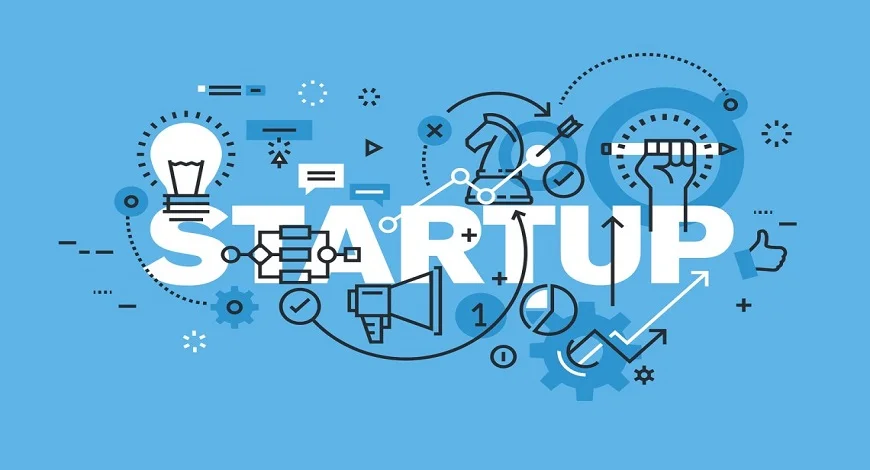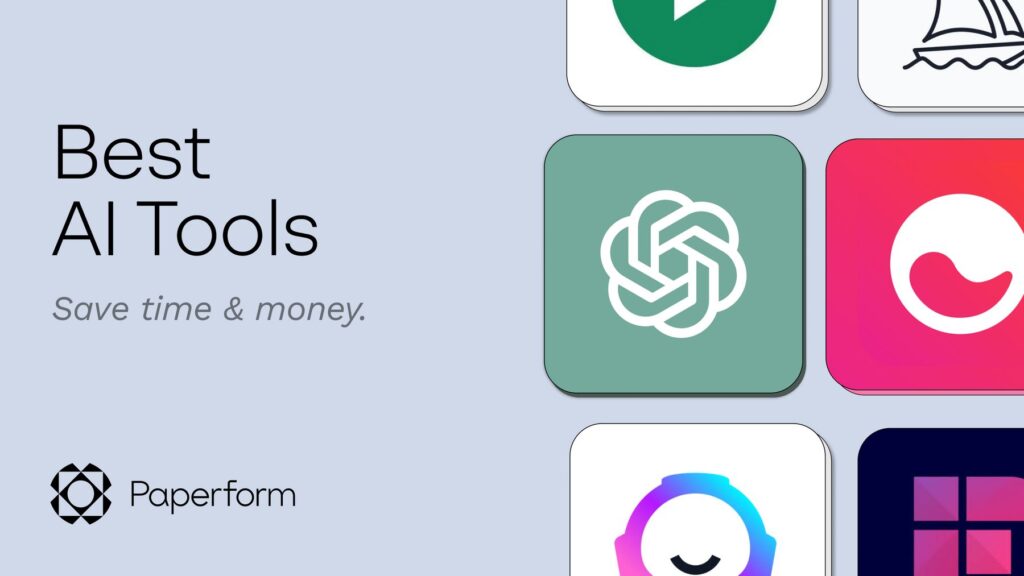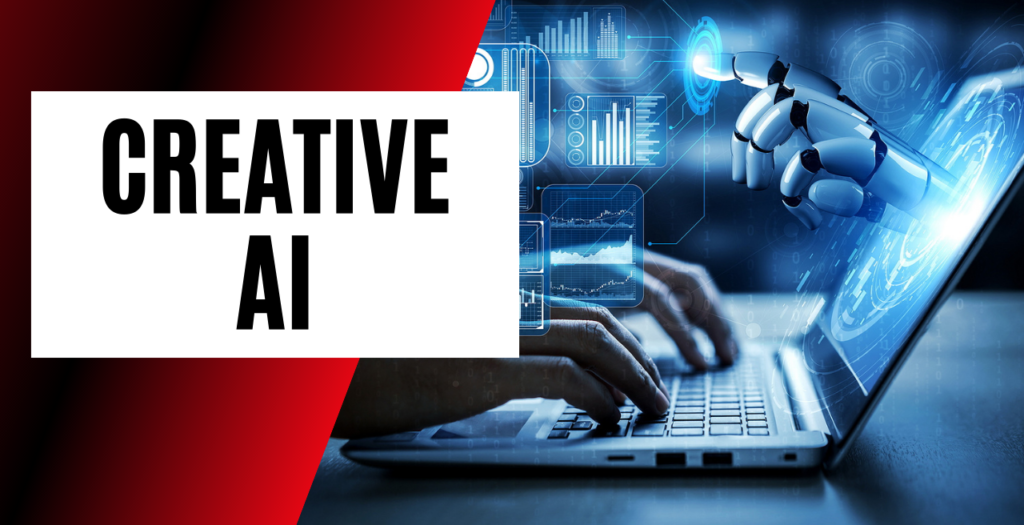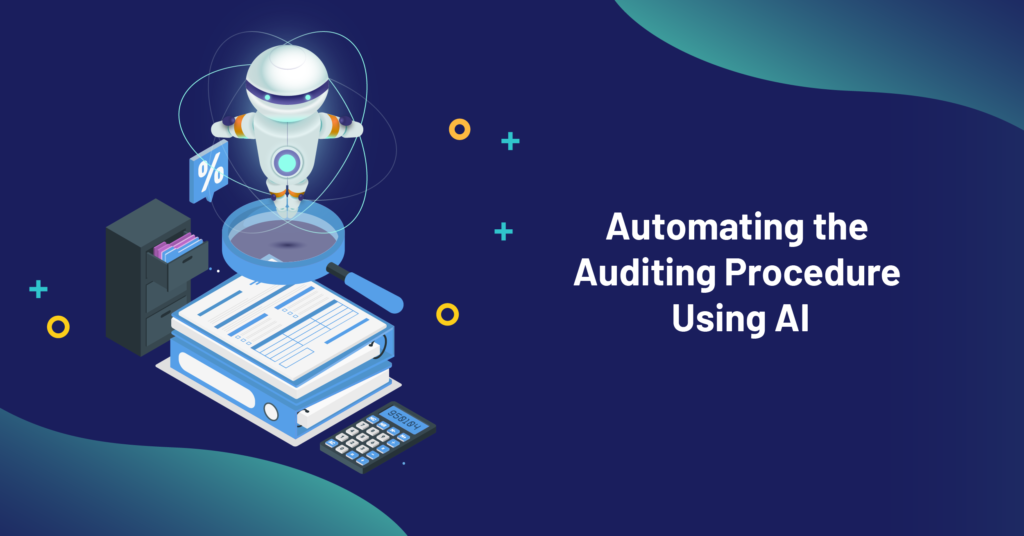Productivity AI Tool
In the past, staying organized and keeping track of tasks at work or school could feel like a constant challenge. Many people struggled to remember deadlines, manage their time effectively, or even find the right resources when they needed them. With so much to do, it was easy to get overwhelmed, and important tasks would often slip through the cracks.
Today, productivity tools have made a huge difference. These tools help people plan their day, organize their tasks, and keep everything on track. By automating reminders, prioritizing work, and simplifying communication, productivity tools have made it easier to stay focused and get more done in less time. What once felt like a never-ending cycle of stress has now become more manageable and efficient.
Table of Contents

Explore 258 Top Productivity AI Tool
Key features of productivity AI tools
- Task Management: Helps organize tasks by listing them and prioritizing what needs to be done first. This ensures nothing is missed and helps keep you focused.
- Reminders: Sends notifications to remind you of important deadlines, meetings, or tasks, so you stay on track and avoid forgetting key events.
- Centralized Communication: Stores all your messages, emails, and notes in one place, making it easier to find information and reducing the time spent searching.
- Time Tracking: Monitors how much time you spend on each task, helping you identify areas where you can work more efficiently and manage your time better.
- Collaboration Tools: Allows multiple people to work together on the same task or project, making teamwork smoother and reducing the need for endless back-and-forth communication.
- Goal Setting and Progress Tracking: Lets you set clear goals and tracks your progress, keeping you motivated and ensuring you stay focused on what’s most important.
The rise of AI in productivity
In the past, managing time, tasks, and projects effectively required a lot of effort and organization. People would rely on paper planners, sticky notes, or basic digital tools to stay on top of things, but these methods often led to missed deadlines and overlooked details. As the workload increased, it became harder to manage everything without feeling overwhelmed. However, with the advent of AI productivity tools, this process has become much more efficient and streamlined. Best productivity AI tools leverage artificial intelligence to automate task management, set reminders, and prioritize work based on urgency. AI tools for productivity can also assist with managing teams and projects, helping everyone stay on track and ensuring deadlines are met. With the use of best AI tools for productivity, individuals and businesses can now stay organized, reduce stress, and increase overall efficiency in managing workloads.
With the rise of AI productivity tools, these challenges have been greatly reduced. AI-powered tools now help people automate tasks, prioritize work, and stay organized with minimal manual effort. By offering smart suggestions, managing reminders, and streamlining communication, best productivity AI tools make it easier for individuals and teams to stay focused and efficient. These AI tools for productivity simplify workflows, reduce the burden of repetitive tasks, and enhance decision-making. What once felt like a juggling act is now a smooth, more manageable process, allowing people to accomplish more in less time with the help of best AI tools for productivity.
Factors driving the adoption of AI in productivity
As more people and businesses recognize the benefits of AI, its adoption in productivity tools continues to grow. Several factors are driving this shift, making it easier and more attractive to integrate AI into daily tasks.
- Increased Efficiency: AI automates repetitive tasks, saving time and reducing human error. This helps people focus on more important aspects of their work.
- Better Time Management: AI tools help track time spent on tasks and suggest ways to improve efficiency, enabling smarter planning and decision-making.
- Enhanced Collaboration: AI-powered tools enable better teamwork by organizing communication, sharing documents easily, and managing projects collaboratively.
- Cost-Effectiveness: By reducing the need for manual work and streamlining processes, AI tools help businesses save money while increasing productivity.
- Personalization: AI can adapt to individual work habits, offering customized solutions that make the workflow more efficient and suited to specific needs.
- Data-Driven Insights: AI analyzes data to provide insights into performance, helping individuals and teams make informed decisions based on facts rather than guesswork.
- Scalability: As businesses grow, AI tools can easily scale to handle larger volumes of tasks and projects without requiring additional resources.
How do AI productivity tools work ?
- Task Automation: AI tools automate repetitive tasks like data entry, scheduling, and email sorting, freeing up time for more important work.
- Smart Scheduling: These tools analyze your calendar, preferences, and priorities to suggest the best times for meetings, work sessions, or breaks.
- Task Prioritization: AI helps determine which tasks are most urgent or important, offering suggestions on what to focus on based on deadlines or project goals.
- Personalized Recommendations: By learning from your work patterns, AI tools suggest ways to improve your productivity, such as time management techniques or task organization methods.
- Data Analysis and Insights: AI gathers data about your work habits and progress, offering insights into how to work more efficiently or identifying areas where you can improve.
- Collaboration Management: AI helps streamline communication by organizing team projects, tracking progress, and ensuring everyone is on the same page with automated reminders and updates.
- Time Tracking: AI tools monitor how long you spend on different tasks, helping you understand your time usage and find areas where you can cut down on wasted time.
- Natural Language Processing (NLP): Some AI tools use NLP to understand and respond to written or spoken instructions, making communication with the tool more intuitive and natural.
Top productivity AI tools in the world :
- Chatbot AI productivity tools :
- Chatgpt : One of the most commonly used AI tools skilled in providing information on different subjects such as knowledge movies, sports, news etc.
- Grammar checkers :
- Grammarly : another commonly used AI productivity tool helping individuals improve grammatical errors enhancing efficiency.
- Scheduling productivity tools :
- Clockwise : An AI tool helping with time management, navigating complex schedules and arranging events.
Limitations and considerations of productivity AI tools :
While AI productivity tools offer many benefits, there are also some limitations and considerations to keep in mind:
- Dependence on Data Quality: AI tools rely on data to function effectively. Poor or inaccurate data can lead to incorrect recommendations or task prioritization.
- Learning Curve: Some AI tools may require time to set up and learn how to use effectively. Not everyone may be comfortable with new technology, leading to a slow adoption rate.
- Over-automation: Relying too heavily on AI to handle tasks might result in a loss of personal control or reduce creativity in problem-solving.
- Limited Context Understanding: AI tools can miss subtle, human context or nuances in tasks, which can sometimes result in errors or missed opportunities.
- Privacy and Security Concerns: AI tools often require access to sensitive data, and there’s always a risk of data breaches or misuse of personal information.
- Cost of Advanced Tools: While basic AI tools may be affordable, advanced or specialized productivity tools can be expensive, which may not be ideal for small businesses or individual users.
- Over-reliance on Technology: Heavy reliance on AI could lead to a decrease in human decision-making or a lack of backup systems in case the AI fails.
- Integration Challenges: AI productivity tools may not always integrate well with existing software or systems, leading to compatibility issues and additional setup time.
- Bias in Algorithms: AI tools may carry biases in their recommendations based on the data they are trained on, which could lead to unfair task prioritization or decision-making.
Best practices for using AI productivity tools :
To make the most of AI productivity tools, it’s important to follow best practices that maximize efficiency and minimize potential issues. Here are some key best practices:
- Start with Clear Goals: Define your goals and tasks clearly before using AI tools. This ensures the tools can be set up properly and align with your priorities.
- Provide High-Quality Data: Make sure the data you input is accurate and up-to-date. Good data will help the AI provide better recommendations and automate tasks more effectively.
- Use Automation Wisely: While automation can save time, don’t automate everything. Keep tasks that require creativity or nuanced decision-making in your control.
- Regularly Review AI Suggestions: AI tools offer recommendations, but it’s important to periodically review them to ensure they still align with your goals and preferences.
- Train the Tool: Many AI tools improve over time by learning from your behavior. Spend time interacting with the tool to help it adapt to your work style.
- Set Reminders and Notifications: Make use of reminder features to stay on top of deadlines, meetings, or follow-ups. Customize notifications to avoid being overwhelmed.
- Integrate with Existing Tools: Ensure that your AI tools integrate smoothly with your current workflow and other software tools, reducing friction and improving efficiency.
- Maintain Privacy and Security: Be cautious when sharing sensitive information. Choose AI tools that comply with privacy regulations and protect your data from breaches.
- Balance AI and Human Input: Use AI to handle repetitive tasks, but ensure you stay involved in decision-making and tasks that require critical thinking or creativity.
- Monitor Performance and Adjust: Regularly track the performance of your AI tools to see if they’re improving your productivity. Make adjustments as needed to ensure they’re helping, not hindering, your progress.
Future scope of AI in productivity
The future of AI in productivity holds immense potential as technology advances, bringing new capabilities that could transform how we work and manage our time. AI is expected to take on even more significant roles in automating tasks, optimizing workflows, and enhancing overall efficiency. Here’s a look at how AI might evolve in the productivity space:
- Smarter Personal Assistants: In the future, AI-driven personal assistants will go beyond scheduling and reminders. They will anticipate needs, suggest productivity hacks, and even adapt to individual work habits, making daily tasks even more seamless.
- More Advanced Automation: AI will automate entire workflows, from data entry to content generation. Routine and repetitive tasks will become fully automated, freeing up human workers to focus on strategic and creative work.
- Predictive Analytics for Decisions: AI will enhance decision-making by using predictive analytics to analyze trends, identify patterns, and offer data-driven insights. This will allow individuals and businesses to make more accurate and timely decisions.
- Improved Collaboration Tools: AI will revolutionize team collaboration by organizing projects, tracking progress, and offering smart recommendations on task allocation. It will enhance communication, minimize errors, and ensure that team members stay on the same page.
- Emotional Intelligence: AI tools may gain the ability to recognize emotional cues, such as stress or burnout, in users’ work patterns. They could suggest breaks, productivity boosts, or changes in workflow to improve well-being and efficiency.
- AI and IoT Integration: As AI integrates more with IoT devices, productivity tools will interact with various systems in the workplace, from controlling office temperatures to automating lighting, ensuring the environment is optimized for focus and comfort.
- Personalized Learning and Growth: AI will analyze individual strengths and weaknesses and provide tailored learning resources or skill-building exercises, helping professionals advance in their careers and remain competitive in a fast-changing job market.
- Smarter Workforce Management: AI will help businesses better understand employee performance, optimize team dynamics, and predict staffing needs. This will allow organizations to allocate resources more efficiently and improve workforce satisfaction.
- Sustainability Enhancements: AI could help companies track resource consumption and reduce waste, contributing to more sustainable business practices. It will also help organizations optimize their energy usage and minimize their carbon footprint.
- AI-Enhanced Creativity: In creative industries, AI will assist with idea generation, content creation, and brainstorming. AI tools will suggest new concepts, optimize designs, and even assist in writing or content production, enhancing innovation across fields.
Conclusion
In conclusion, AI has already made a significant impact on productivity, and its future potential is even more promising. From automating repetitive tasks to offering personalized recommendations, AI tools for productivity have made it easier for individuals and organizations to stay organized, manage time, and make smarter decisions. The best productivity AI tools help streamline workflows, allowing people to focus on high-priority tasks. As AI continues to evolve, it will not only improve efficiency but also enhance creativity, collaboration, and work-life balance. While challenges like data privacy and over-reliance on automation exist, the benefits of best AI tools for productivity far outweigh these concerns. Embracing AI productivity tools can help people and businesses stay competitive, optimize operations, and achieve more in less time. The future of productivity is bright, and AI will undoubtedly play a central role in shaping it.
Related Categories
Explore 1000+ AI Tools in related categories

Get Exclusive AI Tips
Receive the same AI tips that helped me to make $37,605 in just two weeks!




